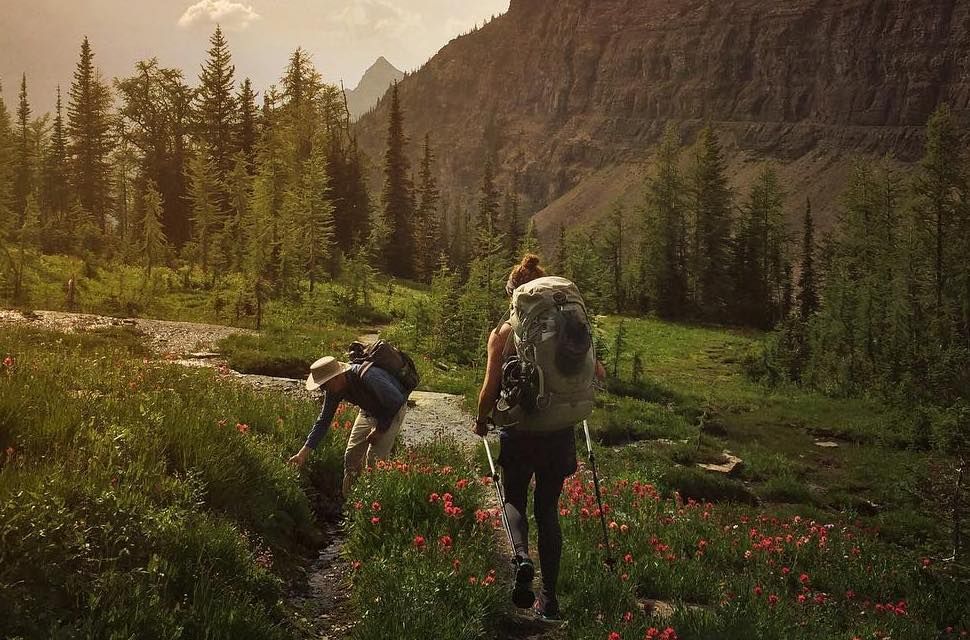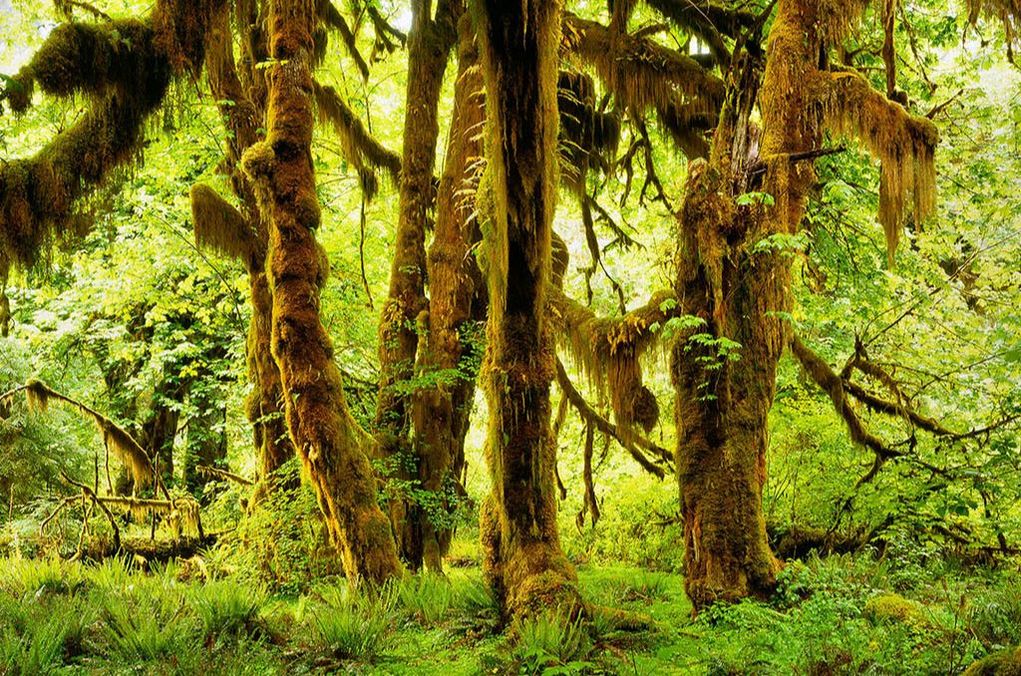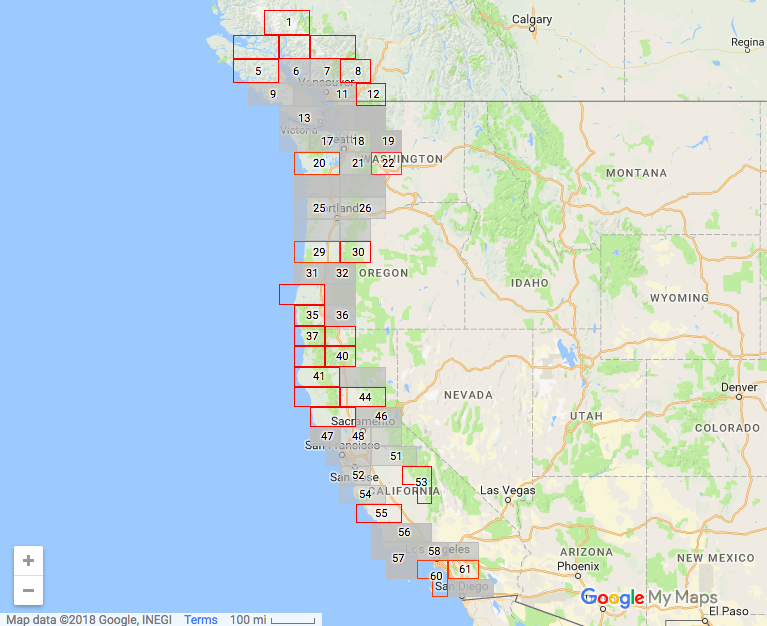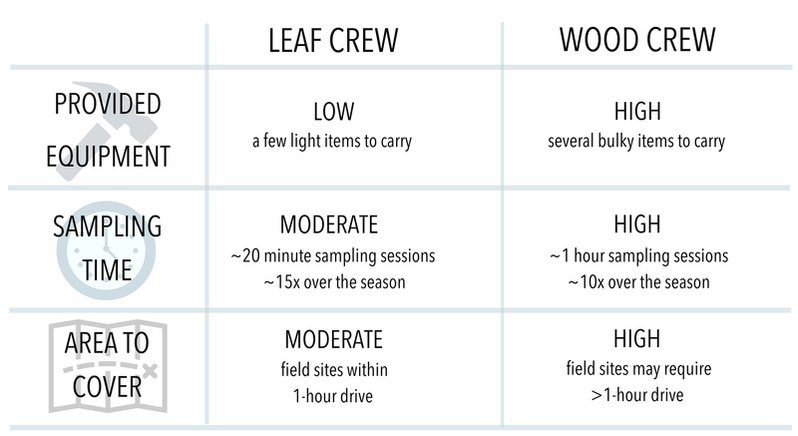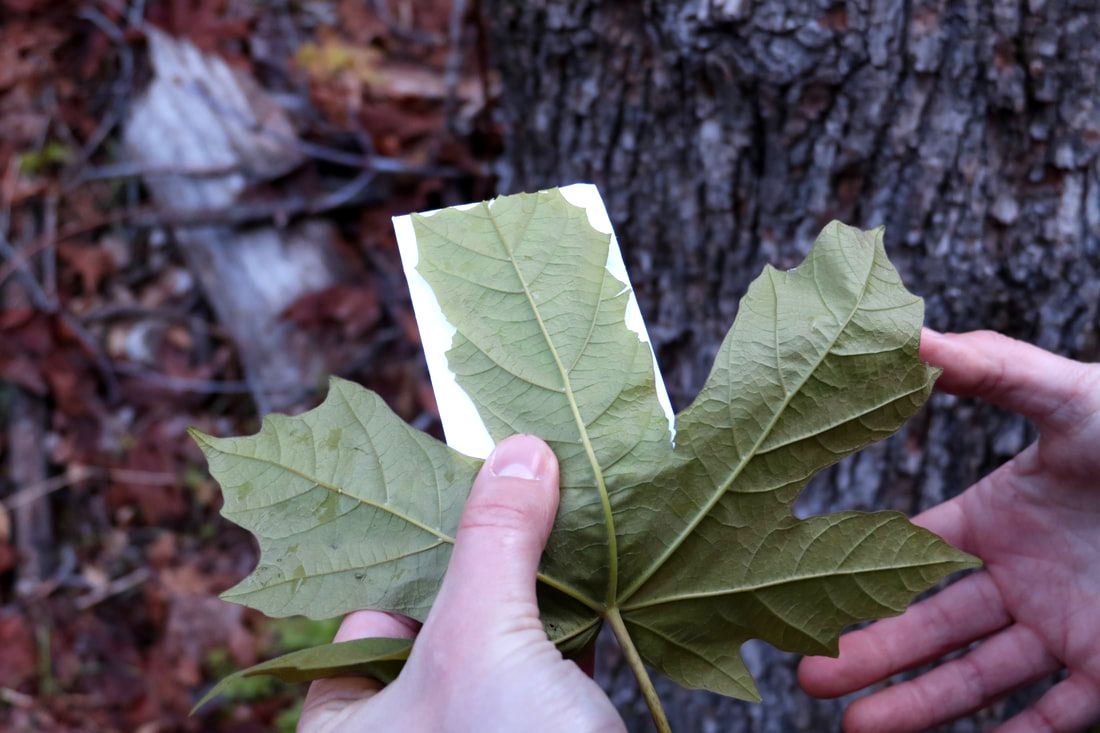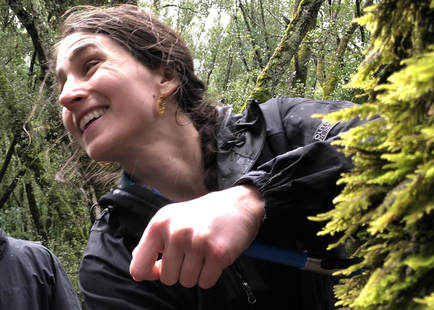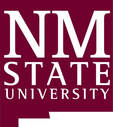Illegal logging erodes biodiversity, exacerbates climate change, and bankrolls political corruption. Law enforcement officers, corporations, and consumers require new tools to trace wood products back to their points of origin. Cutting-edge genetic technologies can help, but in order to do so, they will require extensive reference materials from high-value timber species.
As an Adventure Scientists volunteer, you can provide these currently unavailable samples and help unlock the potential of DNA-based technologies to combat illegal logging.
2018 Field Season:
Bigleaf Maple in Pacific North America
|
The first season of this project is focused solely on collecting samples from bigleaf maple trees along the Pacific coast of North America. We are seeking two tiers of volunteers: leaf crew and wood crew. Both crews require dedication and attention to detail, but because wood crew volunteers will collect several types of tree samples (as opposed to only leaves), these volunteers will need to commit more time to training and sampling over the spring/summer season.
To volunteer for either crew, you will need to:
|
- Complete online training and pass a quiz to demonstrate mastery of the protocols.
- Embark on quick roadside jaunts or multi-day expeditions, depending on your location within the range of bigleaf maple.
- Collect a target number of samples across a specific geographic zone and mail these samples to Adventure Scientists.
- Follow all safety, permitting, and scientific protocols.
Timing and Locations
|
The field season is now active in all regions:
We are actively seeking motivated volunteers in all zones outlined in red on this map. Grey zones are those in which a volunteer for the Leaf Crew has been accepted and completed training. (You may still apply as a back-up volunteer in a grey zone.) Project end dates will vary according to local conditions, but you can expect that sampling in all zones will wrap up in September. |
The Crews in More Detail
Leaf CrewAs a leaf crew volunteer, you will collect high-quality leaf samples suitable for DNA extraction, and you will record associated field data in a mobile app at each collection site.
Here are a few more key details:
Skills you will develop:
|
Wood CrewAs a wood crew volunteer, you will collect tree cores, branch cross-sections, and voucher specimens, in addition to leaf samples suitable for DNA extraction. You will also record field data in a mobile app at each collection site. Voucher specimens require you to dry several leaves and seeds in a 9″x12″ plant press. You will check on your pressed plants periodically over the following weeks to make sure they are properly dried.
Here are a few more key details:
Skills you will develop:
|

